On one of the splash screens when you load up Forza Horizon 5 – the one where you usually get all the small print from brands and sponsors and the stuff about not driving like this in real life – you also get a few words from the state of Mexico, asserting its rights over the imagery depicting the country’s famous attractions. It’s just a bit of legalese, and I confess I never noticed whether previous editions of the series featured similar boilerplate from the UK, Australia, France, Italy or the USA. But it seems significant, somehow. This could be a sign of a national government – or at the very least a tourist board or a chamber of commerce – paying attention to the power a video game like this has to shape international perception and maybe even drive trade, the way globetrotting spy movies and handsome nature documentaries do.
If I’m right, they would not be wrong. The Forza Horizon series has always been exemplary virtual tourism (a market, incidentally, Microsoft is close to cornering, between this and Flight Sim – a very canny investment). The games have married an innocuous, celebratory and above all welcoming vibe to rock-solid driving gameplay and let both loose across artfully sculpted and condensed maps of iconic scenery: the ochre rock formations of Colorado’s national parks, the sparkling decadence of the Mediterranean coast, the majestic skies of the Outback, the moody hills and cosseted villages of the Cotswolds. There is nothing but upside here. Any culture secretary worth their salt would want a piece of this.
Forza Horizon 5, if anything, leans even harder into this tourist pitch as it introduces you to its Mexican setting. The sunny voiceover from your local tour guide Ramiro mentions the words “home” and “family” with more frequency than a Fast & Furious movie as the camera cranes over humid forests, pastel towns, flocks of flamingos, dunes the colour of bone and a smouldering caldera. The text description of one racing circuit even namechecks the swanky modern hotel it whips past.
It sounds a bit much, but I found myself lapping it up. These games’ disarming lack of cynicism has a lot to do with that. What seemed, in the first game, like a rather gauche courting of youth culture by the ultimate dad-rock racing series has, over time, relaxed into something purely optimistic and fun. Even more effective, of course, is the beauty of the tech and the opulence of the artwork.
The Mexico map, which I was able to explore fully in my preview of the first hour or so of the game, reminds me most of Forza Horizon 3’s wonderfully vivid rendering of Australia, and is equally defiant of any narrow expectations you might have of the landscape. Sweeping, sandy coastlines to both east and west bound desert, jungle, rocky wilderness, lush farmland and the multicoloured, warrenous, hillside city of Guanajuato – a worthy successor to Edinburgh, the series’ most compelling urban location to date. Towering over it all is the volcano at the map’s centre, which creates a sense of elevation, drama and scale quite new to Forza Horizon, eclipsing even some of the more fantastical expansion packs for previous games. The views across the map as you wind up its flanks are staggering in their depth.

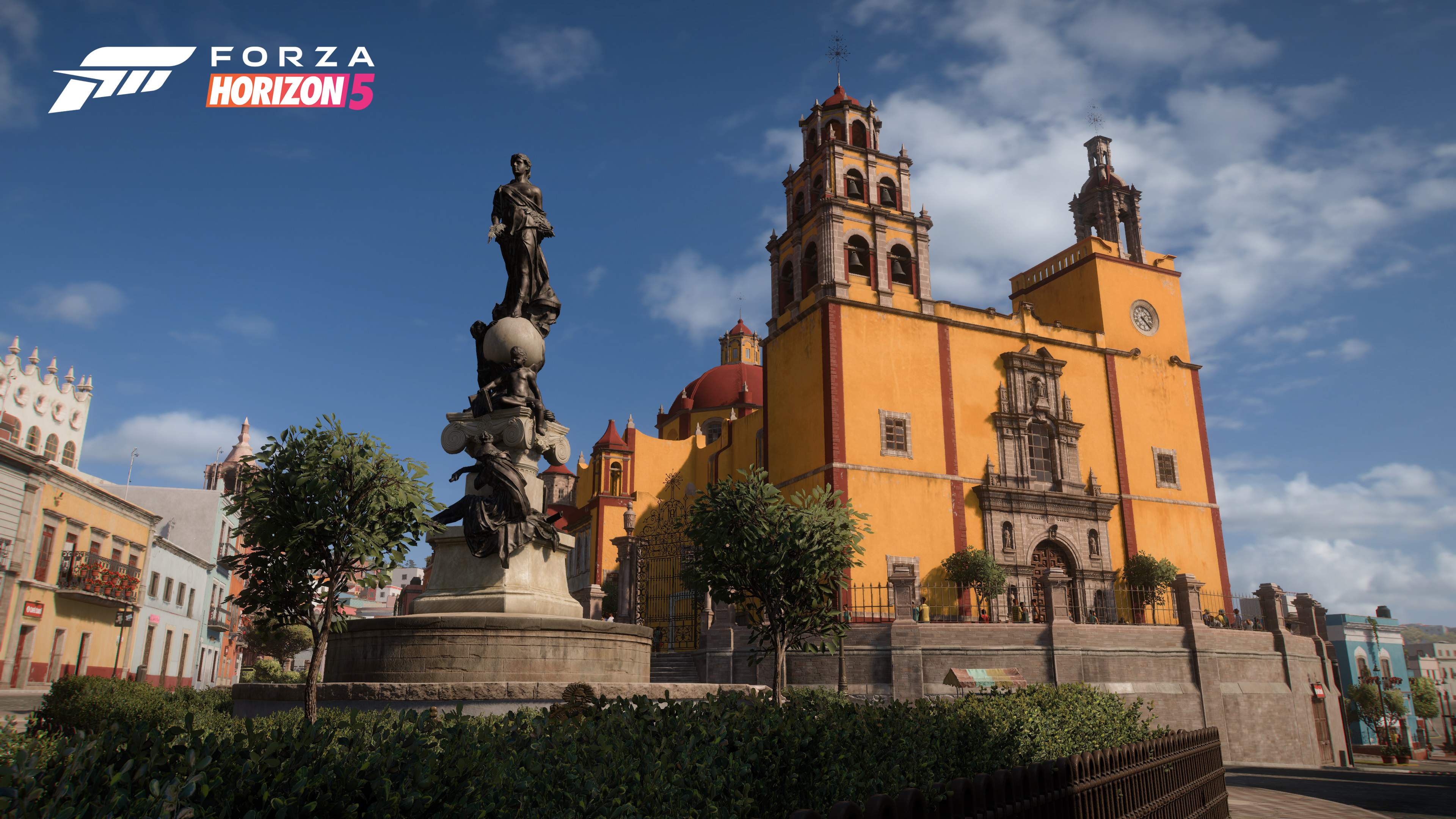
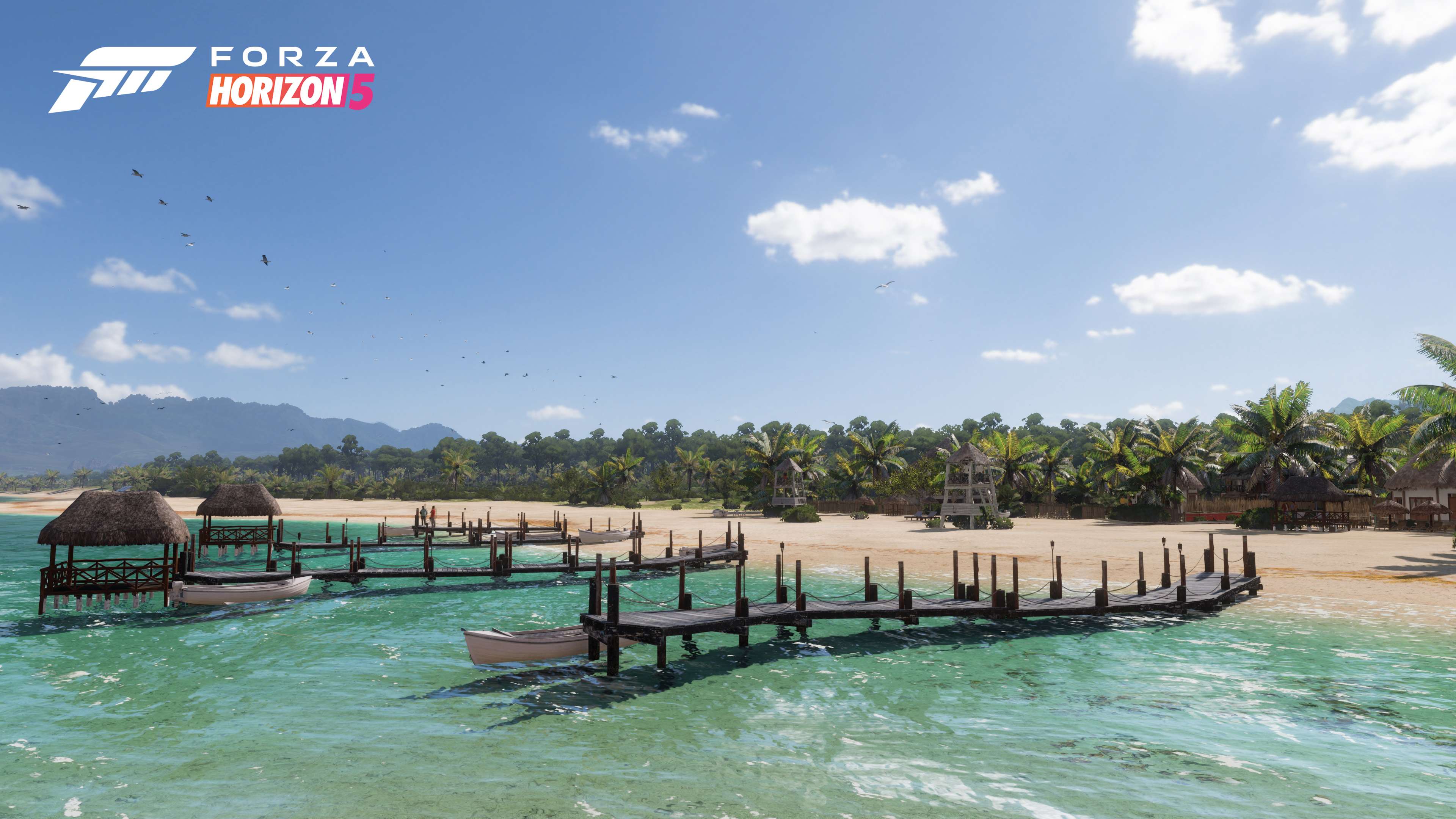
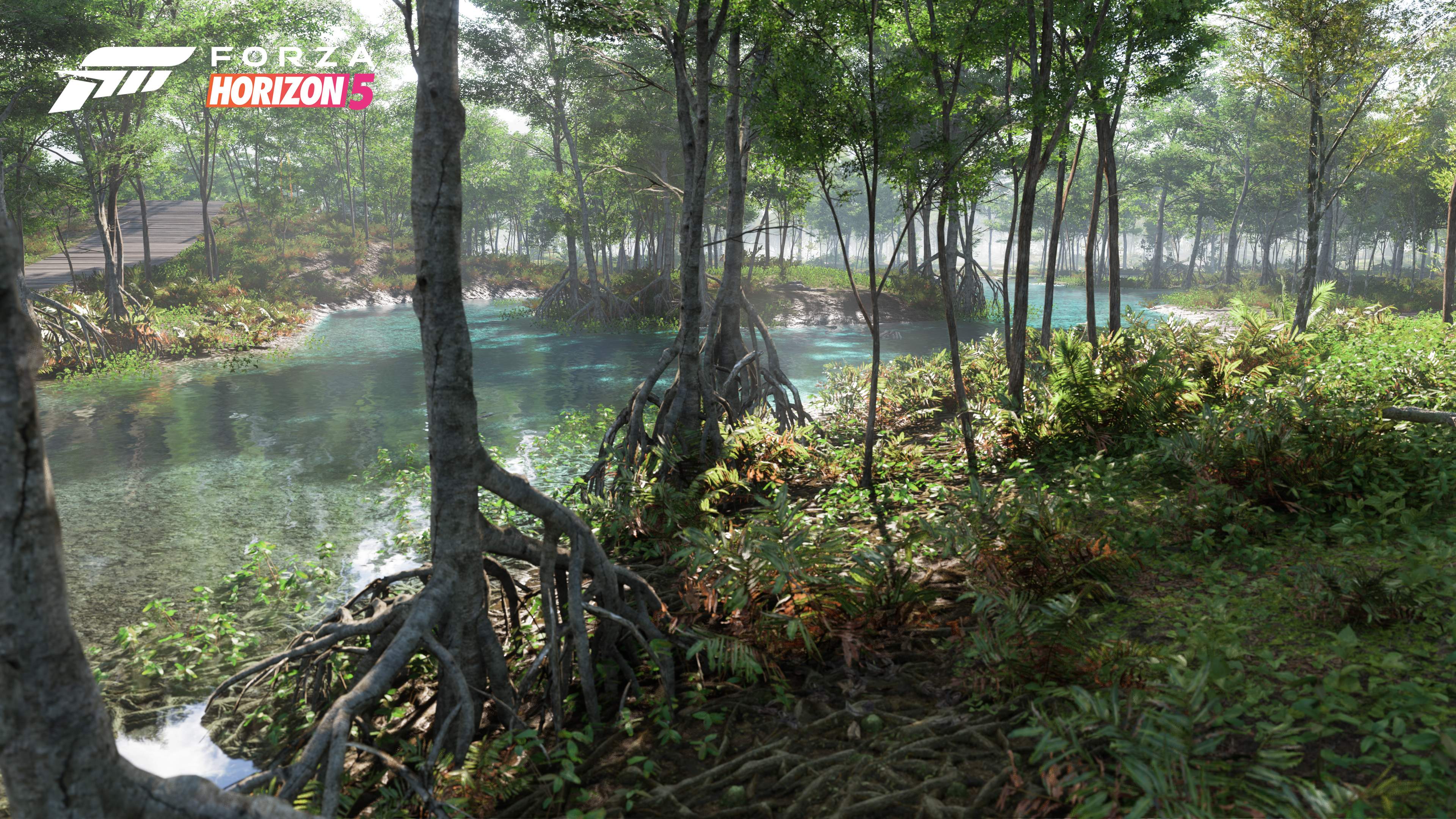
Your introduction to all this is not short of spectacle: a cargo plane literally parachutes you, in a series of vehicles, around various points of the map and into a dust storm, strafing the soundtrack with the bass rumble of its props, then comes back just a few minutes later to participate in the first of the signature Showcase stunt races. Equally familiar for fans of the series will be the velvet-roped ease and comfort you are introduced into. No humble hot hatch or roadster for you to start your campaign here, but a choice of three desirable new-model motors: a GR Supra, a Corvette and a chunky retro-modern Ford Bronco. Except it’s no choice at all, because you get to keep all three, and are gifted a powerful rally car (a Hoonigan-tuned Escort Cosworth) mere minutes later.
After the Showcase, you can choose between two Stories to begin – one about photographing cars in dramatic spots, one about rescuing and restoring an old “Vocho” (a Mexican Volkswagen Beetle). Then a familiar suite of activities opens up: road, dirt and cross-country races in either circuit or point-to-point flavours, speed traps, big jumps, board signs to find and smash, and so on. All of these activities reward Accolade points, which are used to meter your progress through the campaign. Reach a certain threshold and you are invited to buy your first house, ending this preview demo.
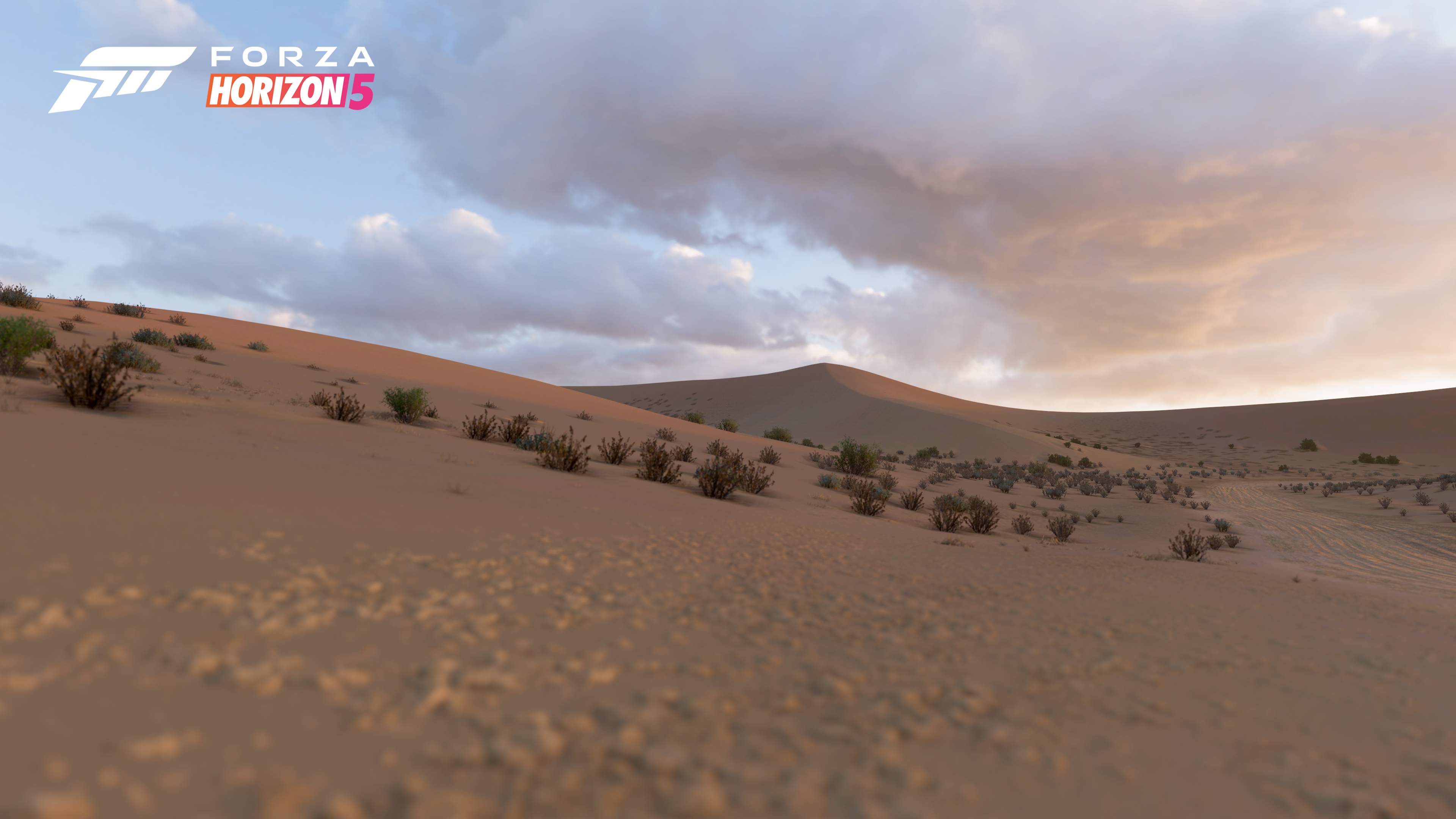
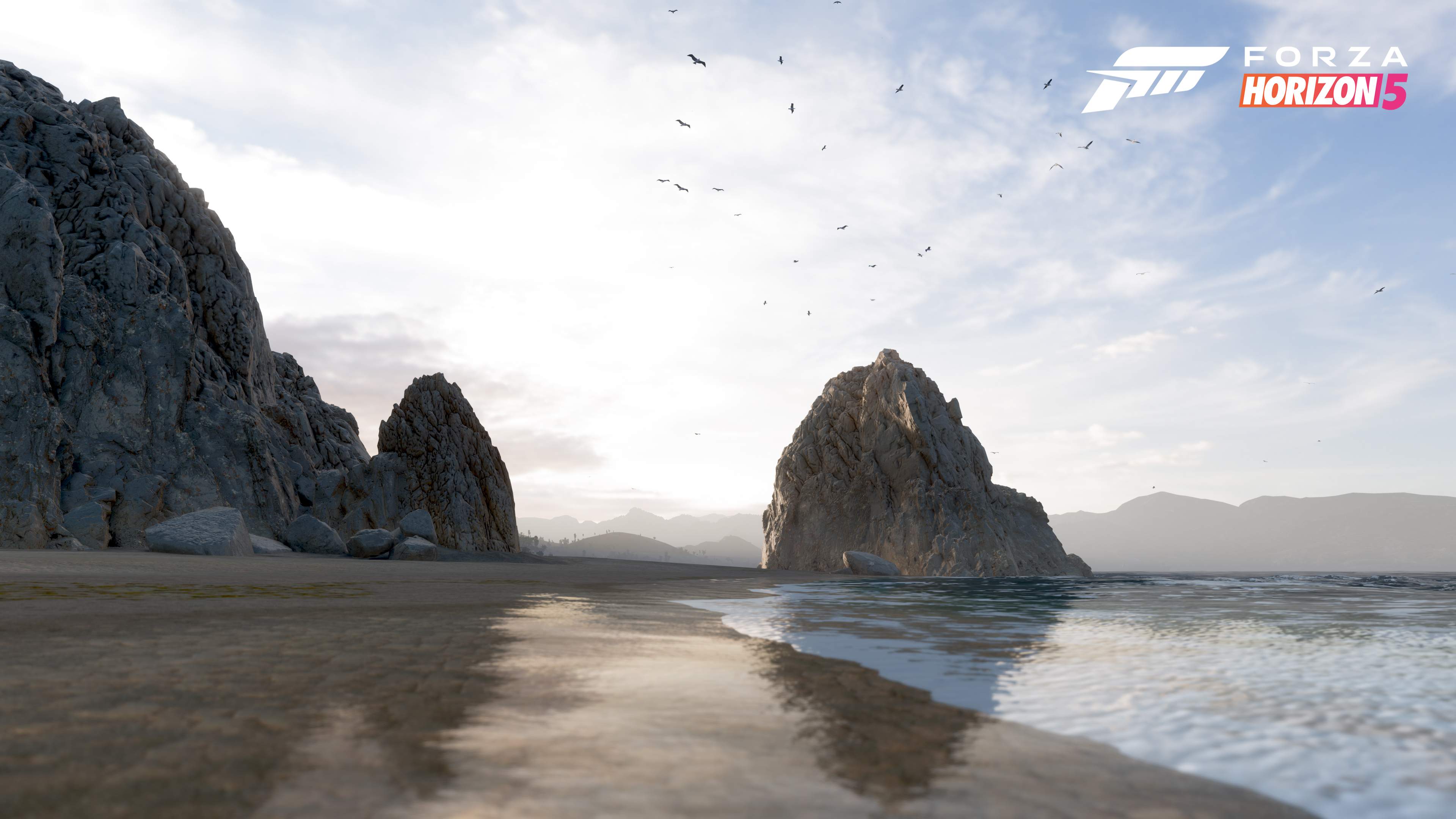
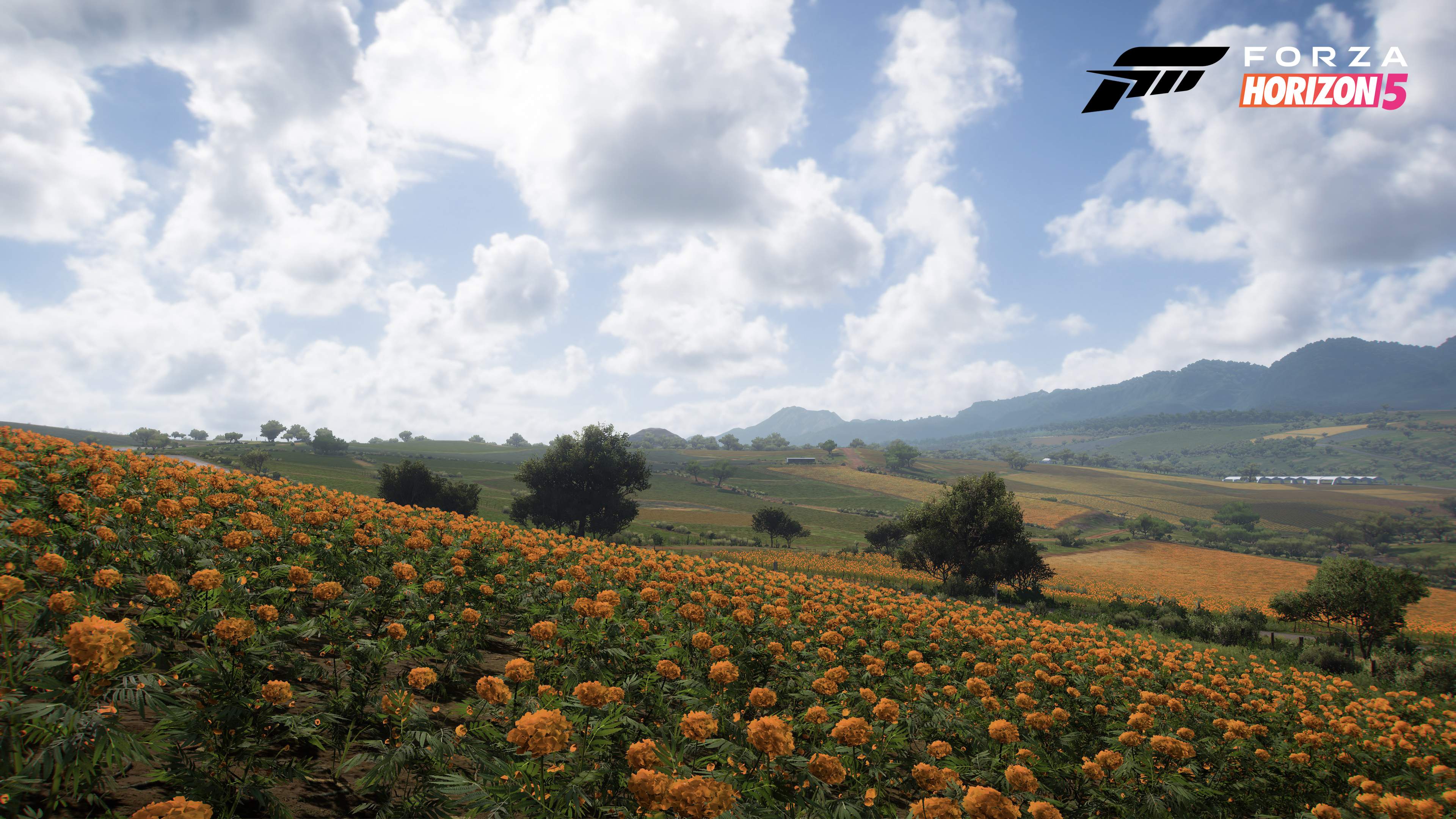
Whilst it could be argued that Forza Horizon could do without loading you up with yet another progress metric to track – alongside XP, skill points and good old-fashioned credits – the Accolade system appears to be a welcome attempt to structure the sometimes bewildering proliferation of activities that constituted Forza Horizon 4’s campaign. Accolades break the game up into discrete chapters, grouping races and other activities together, and set clear points at which the next chapter will be opened whilst leaving you a fair degree of freedom in how you choose to get there. They also offer completists a very clear way to visualise how much they have ticked off. In similar vein, there’s a new car collection view that allows you to track your progress through the game’s enormous vehicle index and offers prizes for completing each manufacturer’s range – a recognition of the extent to which later Forza Horizon games, with their gacha-style slot-machine “spins” and constant shower of prize cars, have scratched the collector’s itch to a greater extent than even Gran Turismo.
What other improvements did I detect in my short time with the game? Well, audio seems noticeably richer to me, with those fulsome Forza engine notes bedded in more realistic and spacious soundscapes of mechanical and environmental noise. (I am on the fence about the decision to give the protagonist a voice, though – I am not sure their bland pronouncements, issuing haltingly from your probably wackily-dressed avatar, have any less awkward an effect than the previous game’s nodding mutes.) Developer Playground Games says it has also overhauled the physics simulation of suspension and brakes in particular, and it did seem to me that the cars felt less slippery, drifts were easier to provoke and control, and cornering characteristics overall felt a bit more deliberate. (A bit – this is still no hardcore simulation, and nor should it be.)
There’s a lot still to learn from the final build of Forza Horizon 5, not least whether it integrates multiplayer in a more successfully organic way than its predecessors – this was a strictly single-player preview – and whether it continues to just about keep its many modern live-serivce-game tics from overwhelming the experience. But at first sight, Forza Horizon 5 does not seem likely to disrupt the smooth progress of a series that has, for me, been the last word in comfort gaming for the past decade. Above all else, it still feels like a holiday, and Lord knows how much we could all use one of those.


